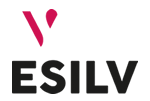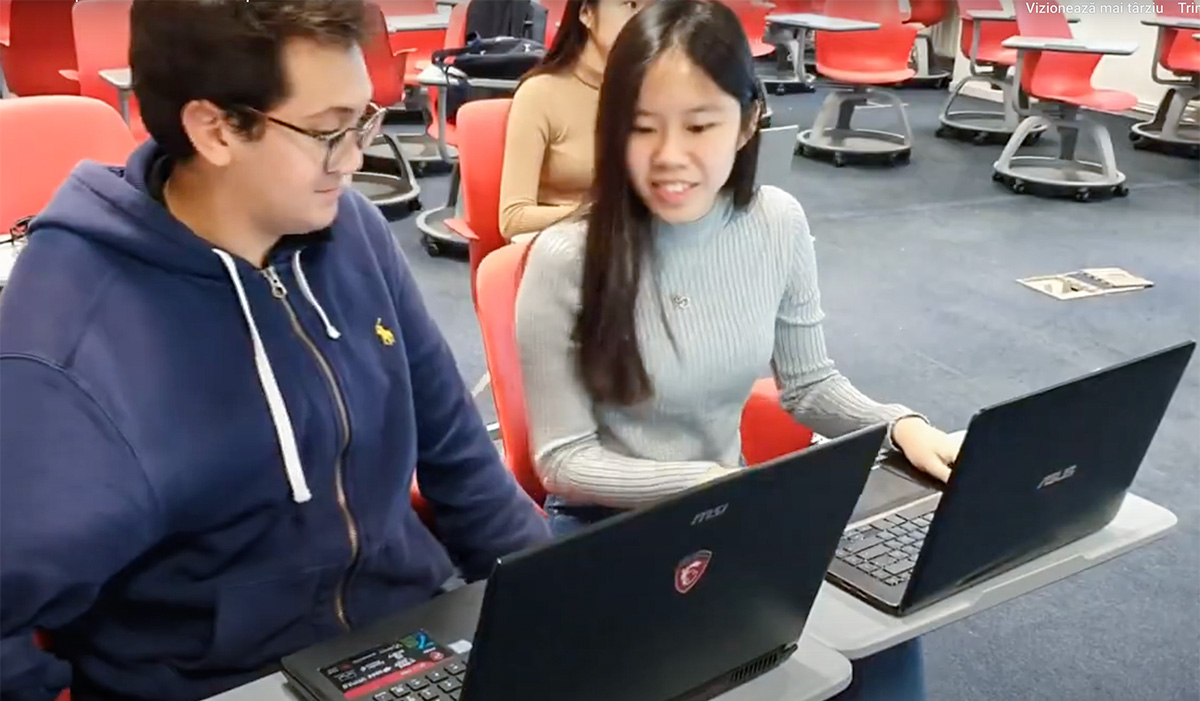Holographic learning, voice recognition program, open-source community-based platform for graduate use. Education is not just about gathering knowledge but more about adapting to the various worlds that exist within the student community.
Readily available digital technologies can help students get past their hurdles. Engineers have an essential role to play in creating enhanced learning environments that are engaging and effective. New technologies in education all share a similar objective; to revolutionize the teaching-learning process. Here are a few examples of projects led by 5th year engineering students at ESILV that allow improving the educational experience.
Hololens: pedagogical activities at the hospital
Childhood illness results in dropouts at school gives rise to gaps, anxiety and sometimes repeated academic failure. Sick students may lack confidence in themselves academically. They feel disadvantaged and move away from learning.
The project’s goal is to offer educational activities to hospitalized children so that they do not fall behind on their school program, and don’t feel bored to be alone. For this, we use the Microsoft HoloLens mixed reality headset, which will allow a better immersion of the child in his activity. “We want to reach all hospitalized children, who will be able to directly use the headset from their hospital room because depending on the type of treatment, some patients cannot leave their room.”
Thus they won’t have to move to a different place to test the application. As an educational application, it offers a fun activity based on plant growth. The user will be able to grow a virtual plant by modifying different parameters, such as humidity or temperature, and watch it grow through a HoloLens headset by interacting with virtual objects and buttons.
Voice Recognition Program for Mathematical Equations
More than 12 million people are affected by a disability in France. Among them, 390,000 are young students. Some of these handicaps, such as dyspraxia, blindness or reduced mobility, affect the teaching and learning of science in schools. For some of them, the inability to take written notes in class is a daily challenge. Fortunately, there is voice-to-text software which makes it easier to take notes. However, for more scientific courses, it is impossible to write equations by voice.
“It was thanks to the partnership with Microsoft that we decided to set up a project to address this problem. Our goal is to design and implement a tool to facilitate note-taking in science courses. Our solution would provide voice recognition of mathematical equations on the computer.
“Therefore, we developed a “proof of concept” to demonstrate how it is possible to dictate mathematical equations without integrating it into a solution like Word.”
Alto-Scholarship: Open-Source Community-based Platform for Finance
“Alto-scholarship” is an open-source platform that aims to help financial engineering students to increase their programming skills by providing them with an environment favouring the production of various financial projects.
“Our platform goal is to give students access to an integrated development environment (IDE) specially designed for students passionate about financial engineering. Indeed, our IDE is set to provide numerous financial tools and libraries as well as free access to real market data.”
Primarily intended for students, Alto-Scholarship offers various exercises for users aiming to train their algorithmic skills. It will also enable teachers to connect with their students by sharing their activities on the platform and grading them. Also, a particular feature of this project makes real-time supervision possible by enabling teachers to help students in real-time with immediate access to their screen. In the same vein, students will be able to collaborate in real-time on the same projects.
This post was last modified on 29 September 2020 3:55 pm









